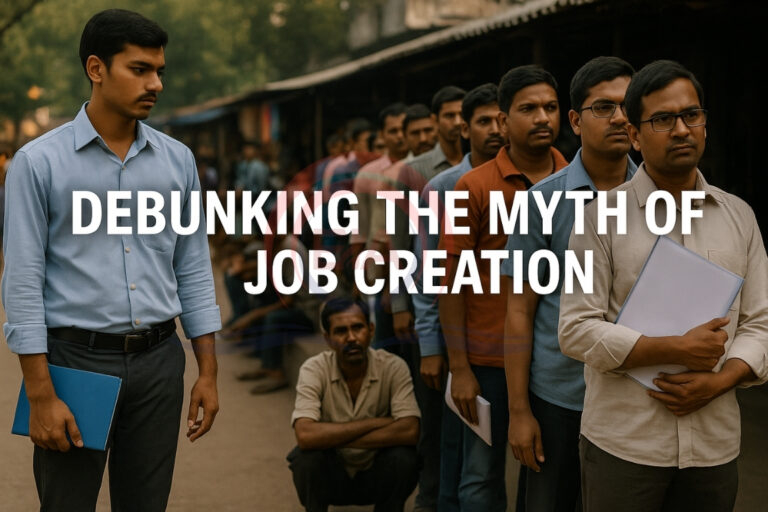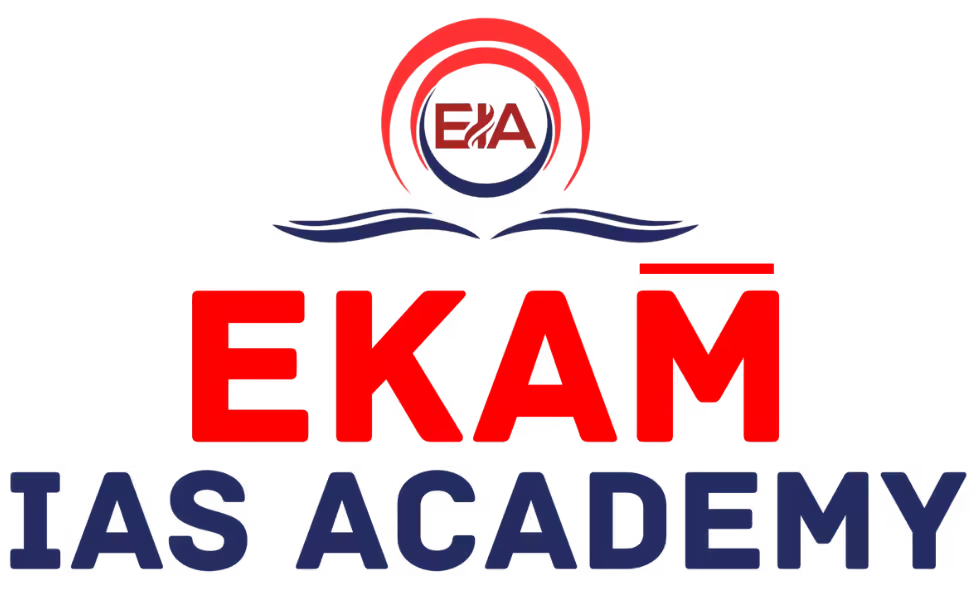The government has approved the Employment Linked Incentive (ELI) Scheme with an outlay of ₹99,446 crore to boost job creation, sparking debates on its design, sectoral focus, and exclusion of informal workers.
Background:
- India faces a persistent employment crisis with high underemployment, skill mismatches, and a dominant informal sector.
- The ELI Scheme aims to incentivise employers, especially in manufacturing, for creating new jobs.
- Concerns arise that it may favour formal sector firms while overlooking the majority in the informal economy.
Employment Linked Incentive (ELI) Scheme
- The Union Cabinet has approved the Employment-Linked Incentive (ELI) Scheme with an outlay of ₹99,446 crore, aiming to generate over 3.5 crore new formal jobs between August 1, 2025, and July 31, 2027.

Key Features
- Objective: Promote large-scale job creation in the formal economy.
- Target Beneficiaries: Employers and establishments registered under EPFO/ESIC.
- Incentive Nature: Financial incentives based on the number of new employees hired.
- Sectors Covered: Initially focuses on manufacturing and service sectors, with scope for expansion.
- Monitoring Agency: Ministry of Labour & Employment.
Eligibility Criteria
- Establishments must be registered under the EPFO or ESIC.
- New jobs must be in compliance with labour laws.
- Workers hired should be new additions, not replacements.
- Minimum monthly wages to be paid as per applicable laws.
Scheme Components
Component | Beneficiary | Incentive Details |
Part A | First-time employees | One-month EPF wage up to ₹15,000, paid in two installments (after 6 and 12 months, plus financial literacy completion). A portion kept in a savings account. Expected beneficiaries: ~1.92 crore. |
Part B | Employers | Incentive up to ₹3,000/month for each additional employee retained for ≥ 6 months. Applies for 2 years; extended to 4 years for manufacturing. Expected to benefit ~2.6 crore jobs. |
Strategic Significance
- Formalisation Drive: Encourages youth entering the workforce to be part of formal structures like EPFO and ESIC.
- Boost to Manufacturing: Extended benefits for manufacturing can spur inclusive industrial growth.
- Skill & Financial Literacy: Integrates incentives with upskilling and savings disorder.
- Youth Employment Push: Tackles unemployment by combining demand (jobs) and supply-side (new entrants) measures
Key Concerns with the ELI Scheme
Employer-Centric Approach
- Provides fiscal benefits to employers without addressing the core skill mismatch problem.
- May strengthen employers’ bargaining power, widening wage gaps.
Skill Mismatch & Underemployment
- Only 8.25% of graduates have jobs matching their qualifications.
- Over half of graduates and a third of postgraduates work in low-skill roles.
- Just 4.9% of youth have received formal vocational training.
- Without skill reforms, subsidies may simply place unprepared workers into low-productivity roles.
Exclusion of Informal Sector
- Scheme largely benefits EPFO-registered firms, bypassing 90% of workers in the informal economy.
- Risks deepening the dual labour market—state-supported formal sector vs. neglected informal sector.
Possibility of Disguised Employment
- Employers may reclassify existing jobs as “new” to claim incentives.
- Could lead to low productivity and stagnant wages.
Sectoral Imbalance
- Over-focus on manufacturing despite its low and declining employment elasticity.
- Manufacturing accounts for less than 13% of total jobs; agriculture and services employ 70%.
- Women, rural youth, and informal workers in services/agriculture risk further marginalisation.
Suggested Alternatives
- Invest in skilling & education to align workforce capabilities with market needs.
- Expand coverage to informal sector workers and ensure social security.
- Focus on job quality and productivity rather than only job counts.
- Promote sector-diverse strategies, including services and agro-based industries.
- Ensure policies protect labour rights and workers’ bargaining power.
Conclusion:
While the ELI Scheme aims to tackle unemployment, its current design risks reinforcing structural inequalities. A shift towards skill development, inclusive sectoral support, and long-term employment strategies is essential for equitable and sustainable job creation.





